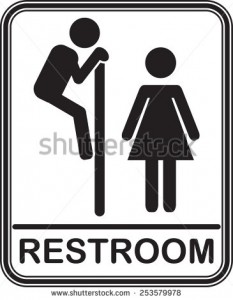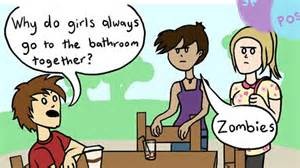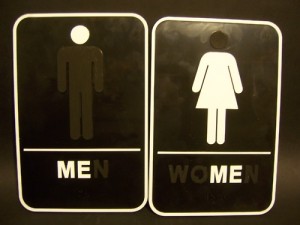
In the article “Better Online Living through Content, Moderation”, Melissa king, informs the reader on the issues of harassment and abuse that happens on the internet. She specifically talks about content control tools which are extremely important yet are opposed by individuals who have a misinformed opinion on the use of these tools.

She begins the article my explaining how content control tools can block certain information from appearing on internet user’s screens. She explains how these tools ae helpful but opposed in the popular culture because those who need to use these tools are often seen as week or too sensitive. And for many victims of who need these tools it is seen that they should just deal with the problem, also that it is their fault.
She then goes on to explain Computer- Chair Psychology, where the issue of the exposure theory came up. Because of this theory those that oppose this feel like victims shouldn’t have a problem with being exposed to harassment or situations that remind them of their past harassment. This goes along with the fact that many of those that oppose content control see internet abuse as just words so it wouldn’t matter if victims were exposed to this. The author brings up how viewing things in this way are completely flawed because “long term exposure to threating situations, such as online harassment can cause PTSD.” Exposure doesn’t help but harms the victim.

Threating legal Resources are the next things presented. An example of Content control is blacklist which are list of people or things that an internet users can be blocked from seeing. Though this tool is extremely helpful for victims many times internet users who are not harassers are placed on this list simply because of certain viewpoints that others find offensive. This may cause these individuals to disagree with the use of content control. The author urges these individuals to consider “how vicious and pervasive online harassment can be.” And to try and understand where the victim is coming from.
The author believes that content tools are helpful for those who can’t live by the saying “don’t feed the trolls.” And that people should be accepting of the psychological and sociological factors of online abuse before forming an opinion on content control.

The authors viewpoints are valid and should be considered. She presented her information is a very clear way that helped the reader fully understand the topic. The only thing that the author could have done differently was present some scientific information or a study in the writing to make it less opinionated and more factual. Other than that the article is a great that if read will open the minds of people who may have never considered this information in the past.












 xample of Pepe from Morton’s book who is constantly renovating his home with material from his surrounds and various tools. His home becomes a “complex piece of domestic architecture.” In the end his home was demolished because of the fact that his home along with other homeless people’s homes are seen as worthless and thus get no government protection.
xample of Pepe from Morton’s book who is constantly renovating his home with material from his surrounds and various tools. His home becomes a “complex piece of domestic architecture.” In the end his home was demolished because of the fact that his home along with other homeless people’s homes are seen as worthless and thus get no government protection.



 think that this man is sitting at his table or on his couch in the dark, drinking a beer and relaxing. But in reality he is sitting underground in a make shift home. This shows how the pictures juxtapose the lives of the homeless and those who have homes showing that they obtain similar possessions and do similar activities.
think that this man is sitting at his table or on his couch in the dark, drinking a beer and relaxing. But in reality he is sitting underground in a make shift home. This shows how the pictures juxtapose the lives of the homeless and those who have homes showing that they obtain similar possessions and do similar activities.